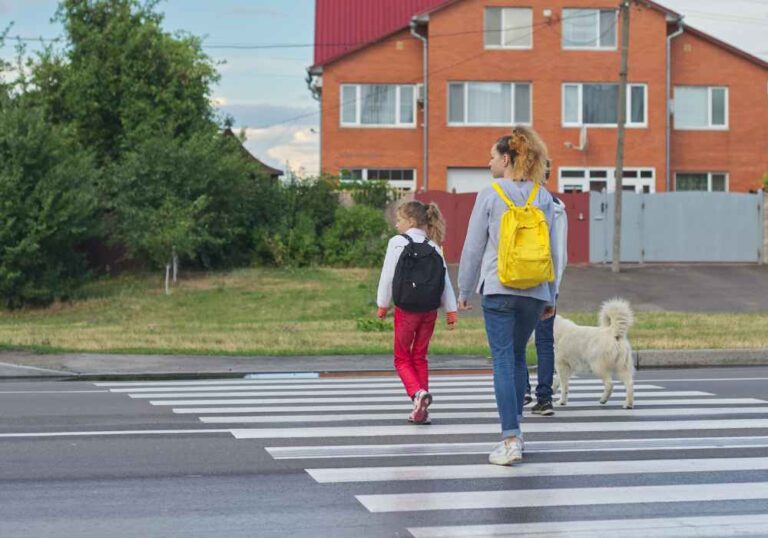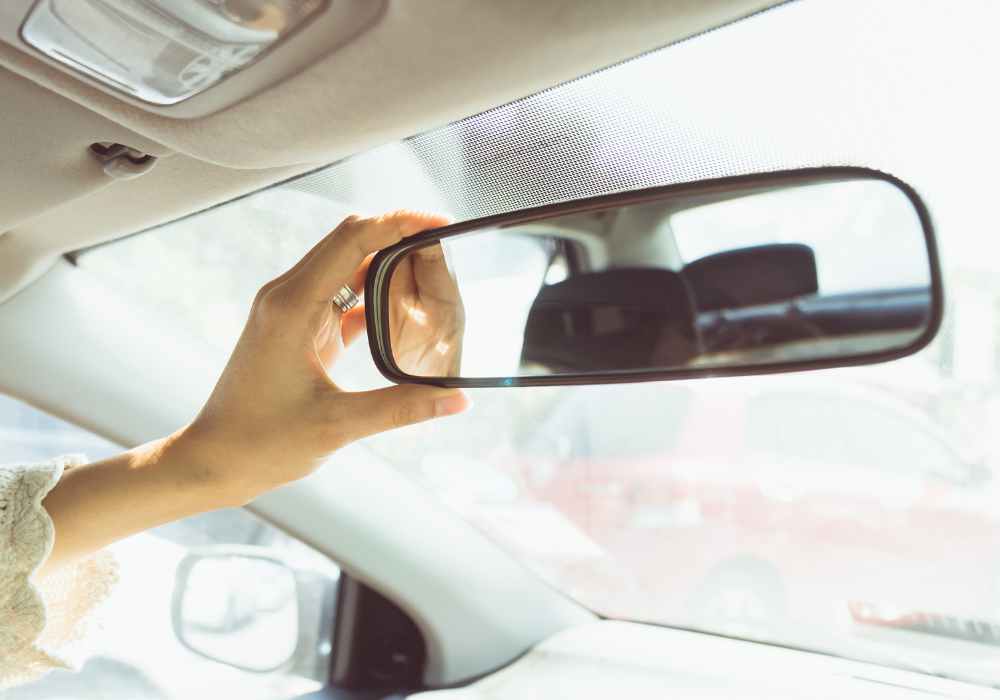Introduction
Right-of-way rules are the foundation of safe and orderly traffic flow on the roads. Knowing and following these rules is essential for every driver, as they determine who has the legal right to proceed at intersections, crosswalks, and other traffic scenarios. By understanding right-of-way rules, drivers can avoid accidents, prevent traffic congestion, and ensure a smoother driving experience for everyone. In this blog post, we’ll provide a simple and comprehensive guide to understanding right-of-way rules, empowering you to navigate traffic safely and confidently.
What is Right-of-Way?
Right-of-way refers to the legal right of a vehicle or pedestrian to proceed first at an intersection or specific traffic situation. It grants priority to one road user over others, ensuring a controlled and organized flow of traffic.
Key Right-of-Way Rules
Four-Way Stops
At a four-way stop, the right-of-way is typically given to the vehicle that arrives first. If multiple vehicles arrive simultaneously, the right-of-way goes to the vehicle on the right. When in doubt, yield to the vehicle on your right to avoid confusion and potential collisions.
Intersections without Traffic Signals
At intersections without traffic signals or stop signs, the right-of-way is generally given to the vehicle on the major road. Vehicles on the minor road must yield to oncoming traffic before proceeding.
Yield Signs
When approaching a yield sign, drivers must slow down or stop if necessary and yield the right-of-way to any oncoming traffic or pedestrians. After yielding, drivers can proceed when it’s safe to do so.
Pedestrian Crosswalks
Pedestrians have the right-of-way at marked or unmarked crosswalks. Drivers must yield to pedestrians and allow them to cross safely. It is essential to be especially cautious near schools, parks, and other areas with heavy pedestrian traffic.
Emergency Vehicles
Emergency vehicles, such as police cars, ambulances, and fire trucks, always have the right-of-way when their lights and sirens are activated. Drivers must immediately pull over to the right and stop to allow these vehicles to pass safely.
Roundabouts
At roundabouts, vehicles already inside the roundabout have the right-of-way. Vehicles entering the roundabout must yield to circulating traffic and wait for a safe gap before proceeding.
Left Turns
In most cases, vehicles making left turns must yield to oncoming traffic, including pedestrians, before completing the turn. Some intersections may have protected left-turn signals, which grant exclusive right-of-way for left-turning vehicles.
Merge Lanes
When entering a highway or merging into traffic, drivers on the merging lane must yield to the vehicles on the main highway. Use your turn signal to indicate your intention to merge and wait for a safe opening.
School Buses
When a school bus is stopped with its red lights flashing and stop sign extended, all vehicles must come to a complete stop and remain stopped until the bus resumes motion or turns off its flashing lights.
Uncontrolled Intersections
At intersections with no traffic signals or signs, drivers must use caution, slow down, and yield to any vehicle on their right. When two vehicles arrive simultaneously at an uncontrolled intersection, the vehicle on the left should yield to the vehicle on the right.
Conclusion
Understanding right-of-way rules is vital for safe and responsible driving. By following these rules, drivers can prevent accidents, ensure smooth traffic flow, and prioritize the safety of all road users. Remember to yield at four-way stops, yield signs, and pedestrian crosswalks. Be attentive and cautious when approaching intersections without traffic signals, and always give way to emergency vehicles. At roundabouts, yield to circulating traffic, and be extra careful when making left turns or merging onto highways. By adhering to right-of-way rules and respecting the priority of other road users, we can create a safer and more harmonious driving environment for everyone. Let’s all commit to being courteous, vigilant, and law-abiding drivers, making our roads safer and more enjoyable for all. Happy and safe driving!
Click here to view our different packages or click here to book your road test.
Lastly, our services are extended to Toronto, North York, Etobicoke, Scarborough, Vaughan and Brampton.







